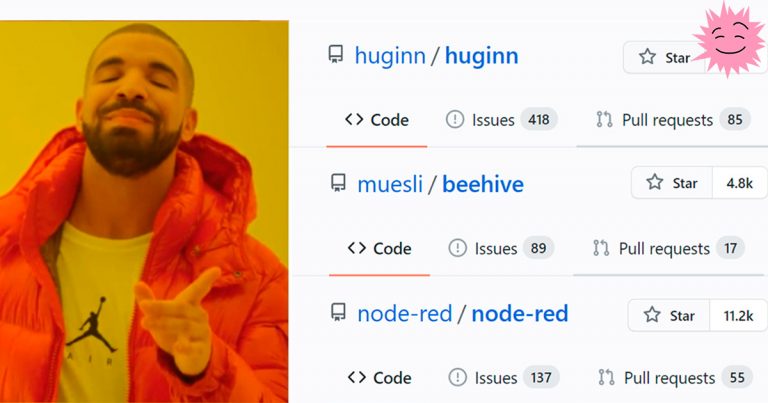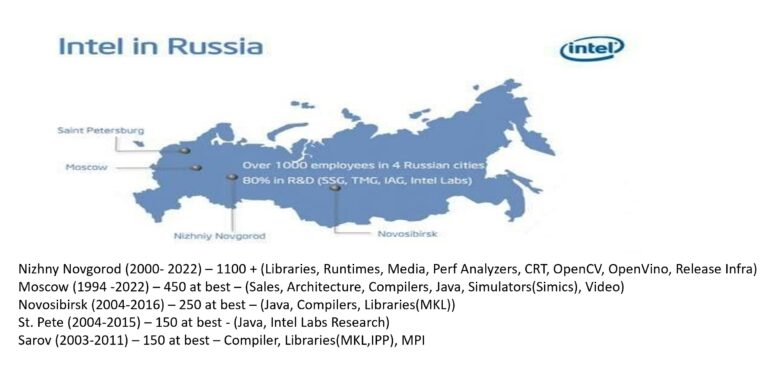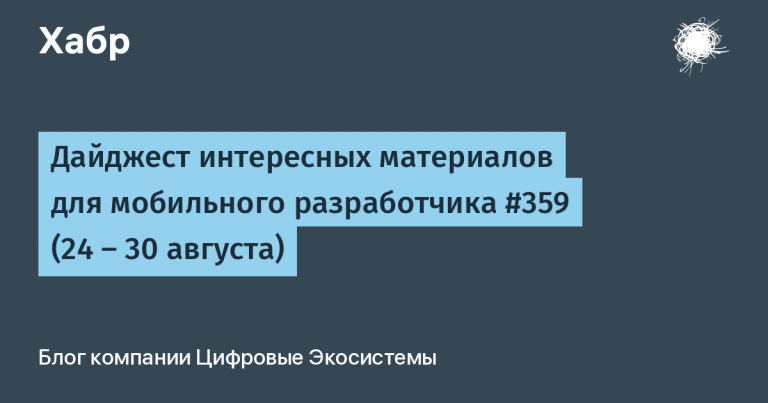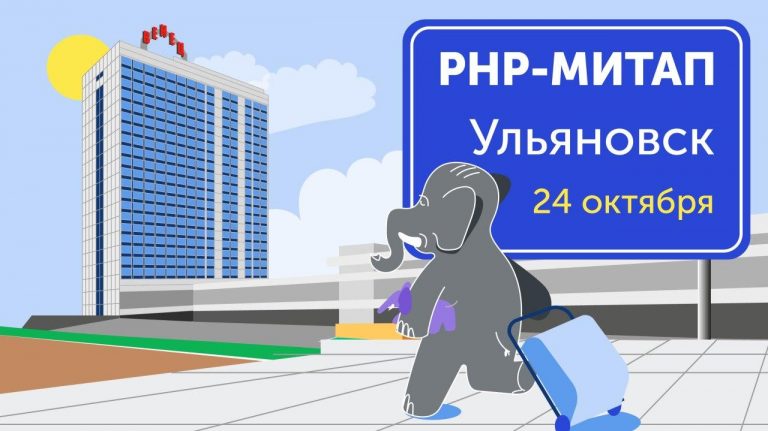Forecast for the development of RPA, AI and automation markets for 2020
In 2018, he made 6 similar forecasts and 5 of them became a reality (about the sixth as a whole, you can say the same, but with a stretch), let’s look at them:
- Desktop (computer) implementation of RPA will overtake server. This happened in May. And although server robots still bring a total more profit to companies, the total number of local UiPath computer robots is currently greater.
- In the public sector, the use of RPA will move leaps and bounds. For example, the US government has redoubled its efforts to introduce robots and UiPath is now collaborating with more than 55 customers.
- RPA business cases have changed from calculating laid-off employees to counting the number of hours that these employees are freed thanks to robots. It also has a beneficial effect on employee satisfaction.
- The use of AI (artificial intelligence) will become ubiquitous. RPA has become part of a broader stream of AI adoption. Organizations are increasingly resorting to their sharing to work with structured and unstructured information.
- Analysts will continue to build pessimistic growth forecasts. There were a huge number of different assumptions about the potential growth rates of RPA popularity in the world, but in practice it turned out to be significantly higher than even the most daring of them.
- Outsourcing will die. And although the industry has not died to the end, it is changing significantly. Outsourcing integrates with new approaches to automation, including creating services that use RPAs to generate value.
It sounds interesting, but now let’s look at Guy Kirkwood’s new predictions:
The global economic downturn will benefit automation
Forecasts of financial markets that you can rely on, as practice shows, paint a very pessimistic picture of the future. Falling long-term interest rates and declining corporate investments reflect ever-growing instability in the world based on global friction, conflict and trade wars. If purchasing power freezes and demand falls, we may face a new global crisis.
As a rule, in such situations, companies begin to reduce staff and worry about waiting, but this is just a good case for implementing automation.
When organizations face the reality of the economic downturn, they will try to adapt their business models and strengthen them with the help of automation instead of simply dismissing employees or reducing their salaries, working hours, etc. Organizations are increasingly beginning to realize that their efforts invested in the development of an employee are very large, and that if there is such an opportunity, then the employee should be retained by any means. If you find processes that can be robotized, you can always increase the staff of these digital employees, rather than reduce the real ones.
RPA will become YouTube automation
In 2020 RPA will become the central platform for other automation tools.
Ericsson, a telecommunications company, is about to install a robot on the computer of each of its employees, as well as by creating a centralized archive with functions to support employees working outside the office.
In other words, the RPA will become as common a repository for automation as YouTube for video. Centralization of the RPA can draw a parallel to the classical automation methods using program code, allowing you to distribute reusable code and even more spread robotics “on the ground”, including in different areas of business functions in different parts of the world.
This is just the beginning of another, even larger, trend that makes RPA more accessible. UiPath Community Edition has long been distributed free of charge, and the necessary knowledge is easily accessible through the UiPath Academy. New open-source RPA solutions, such as Robin, developed by Softomotive, also point the way to making robots fall into more human hands.
More companies will combine and reuse robots
Now companies treat robots as “snowflakes” (translator’s note – meaning that each is unique and in nature is not completely identical). From this point of view, each automated process is unique and solves a unique problem.
In 2020, companies will learn how to better standardize robots and use them to automate different cases and in different departments, and possibly even in different companies and industries. If you standardize and combine “snowflakes” into repeating elements once, you get the so-called “snow globe”.
“Snow balls” use the material “snowflakes”, but at the same time they have the effect of synergy. Such robots are very similar to each other and can be used in all industries and countries with the least number of changes. This is what we will see – as more and more snowflakes gather in snow balls, which ultimately will lead to even greater simplification of the implementation and scaling of robots.
Students completing their studies and moving on to work will accelerate the implementation of robotics
Throughout the history of business, the human labor force has rested on the need to integrate and combine the use of increasingly outdated technological systems through repeated manual operations. In 2020, students who are just embarking on their career path will already be familiar with the capabilities of the modern world and will begin to push the braking business harder on the digital transformation track.
Students for whom each company and process will be new will not think within the framework of the thesis “it has become so customary”. They will ask why people continue to do the same process also from year to year without any optimization — and some companies will not have an adequate answer to this question.
Given the fact that students tend to proactively study automation, as the UiPath Academic Alliance proves, they will begin to gradually automate their jobs. And when these employees become more effective than others, those RPA bonuses that now seem far-fetched will be accepted by society in the future and will lead companies to change.
We will continue to wonder at the intelligence of machines.
The computational power and abilities of machine intelligence are only increasing every year.
Tasks that previously seemed accessible only to humans are now easily performed by software. The use of artificial intelligence will grow exponentially, following Moore’s law, and we will have many surprises.
All the innovations that we see in the field of AI are due to breakthroughs in quantum computing. Mankind is constantly increasing the number of qubits (quantum discharge or the smallest element for storing information in a quantum computer) in quantum computing, which is increasingly expanding its application. The fact that even now it still seems unattainable to us will eventually become a reality.
RPA will discuss around the world
The influence of automation has reached the point where it has become important at the level of society as a whole.
In 2020, international organizations such as the United Nations and the International Economic Forum will discuss RPAs in the context of jobs, wages and the global economy. Automation already has a significant effect on the economies of most states, both internal and external.
Each country individually will be increasingly interested in calculating the effect that automation has on their society. Prioritizing the RPA in such a sociopolitical context will become especially important if the first prediction becomes true and robots become key players in solving the problem of the economic crisis.
RPA interaction with other automation services will increase
While larger, established companies will enter the RPA market, they will buy back and merge with other RPA vendors.
Leaders identified by the Gartner Magic Quadrant (Gartner study) for robotic process automation software, as well as Forrester Wave and Everest, are unlikely to fall into this category, as their score is very high. Corporations entering the market, by contrast, will be interested in acquiring their followers.
OTUS Launches Big Online Course with NFP School “Software Robot Developer (RPA) based on UiPath and PIX”.
You can find out details and pass the entrance test at course page.





